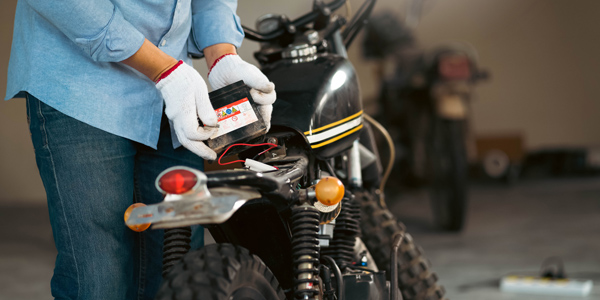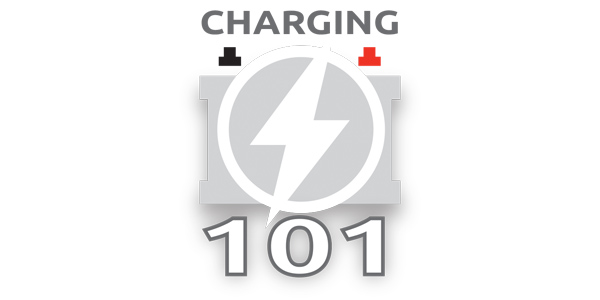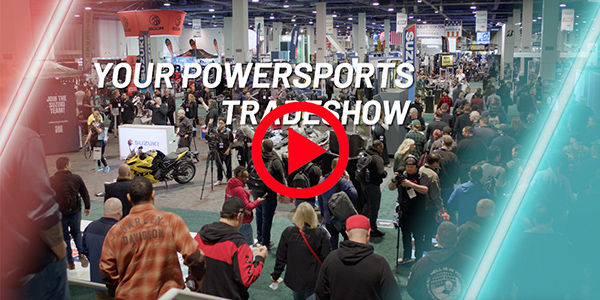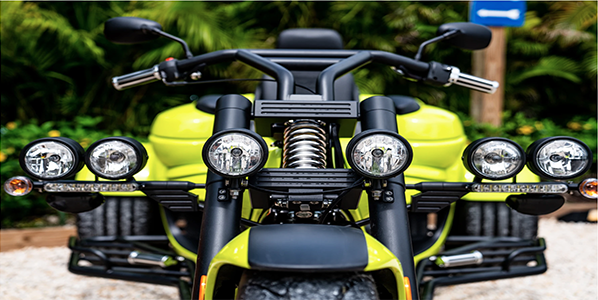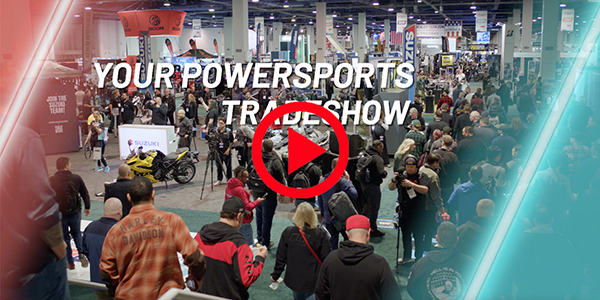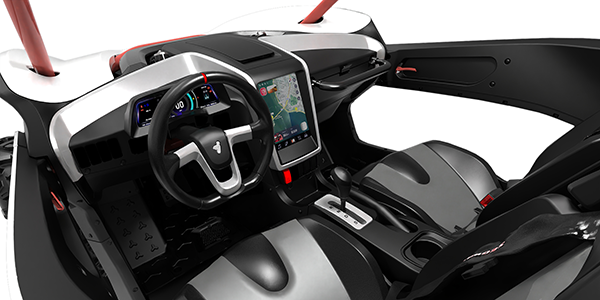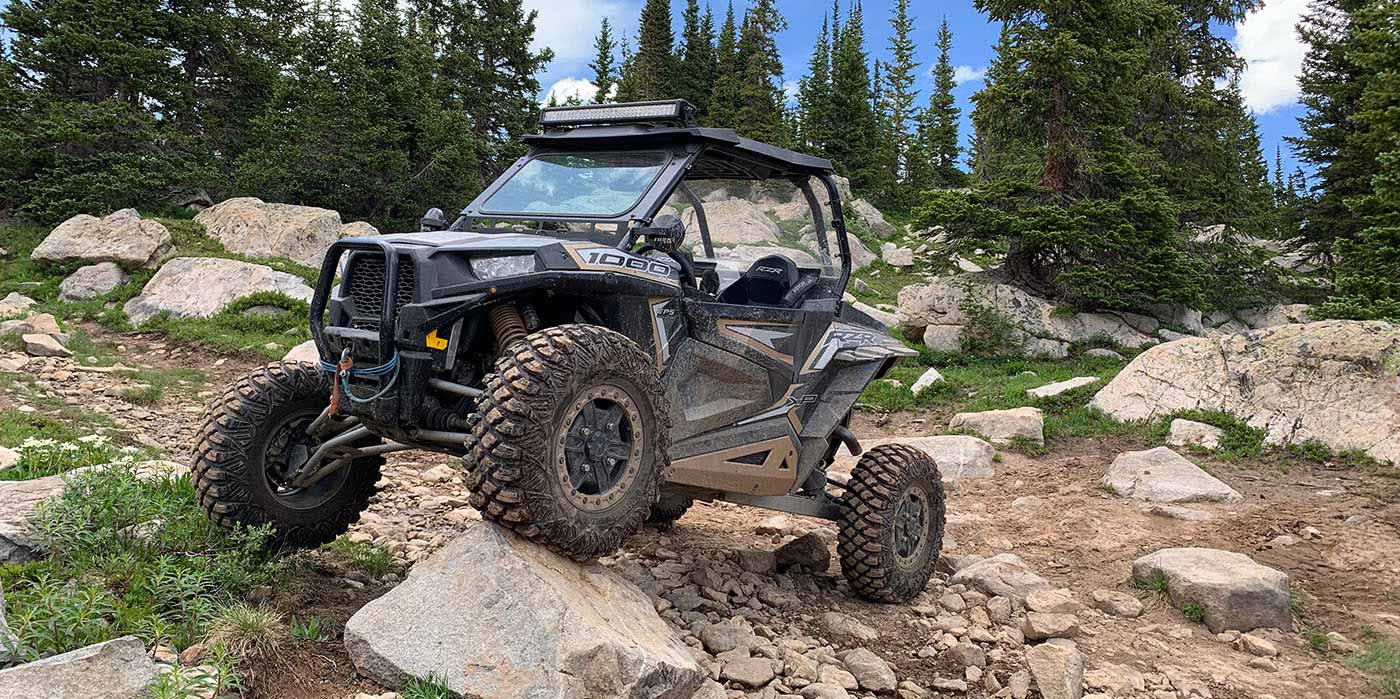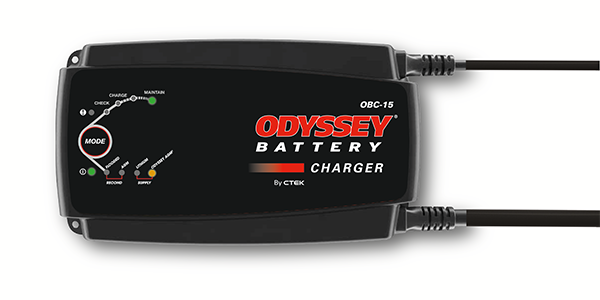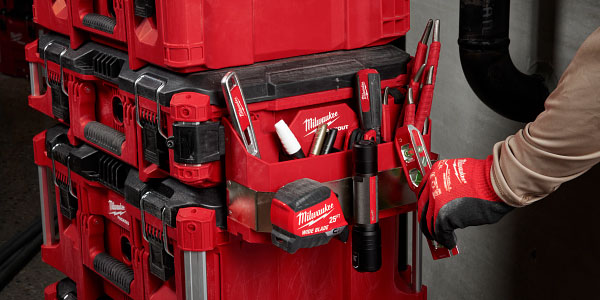Powersport vehicles include personal watercraft (PWC), all-terrain vehicles (ATVs), utility task vehicles (UTVs), motorcycles and snowmobiles, all of which are equipped with batteries. In addition to cranking the engine, a dependable, fully charged battery is also essential for powering all the vehicle’s onboard accessories, like communications systems, global positioning systems (GPS) and mobile device chargers.
Typical seasonal uses for powersport vehicles expose them to a variety of harsh conditions, such as rough trails and extreme temperatures, that can affect their performance and service life if not given proper care. Like most other components in the vehicle, the battery is critical to dependable operation and must be durable enough to face conditions that are specific to the vehicle’s use, whether traveling over unpaved roads, sand, snow or water. Furthermore, intermittent use of the vehicle could affect the performance of the battery.
Here are a series of tips to help powersport application users get the most out of their powersports vehicle.
Maintenance Tips to Minimize Downtime
Proper care of powersport vehicles includes paying attention to the battery, which should be fully charged whenever you run the engine. All battery connections should be clean, tightened and intact. When using a charger, it is important not to overcharge the battery and it is best not to jumpstart it from running vehicles. Use the following steps for proper upkeep. Just remember: When handling batteries, always use protective gloves and eyewear, as well as insulated tools. Be sure to follow the manufacturer’s guidelines for proper battery maintenance and care and direct any questions to your battery professional.
- Inspect the case, terminals, cables, and clamps for damage, wear and dirt.
- Check the battery’s State of Charge (SOC).
- Check the battery for corrosion.
- If the battery is a conventional flooded lead acid battery, check the electrolyte and replenish as needed.
- If the battery needs replacement, be sure to disconnect all cables from the battery before removing it from the vehicle.
- To clean the battery, disconnect it and wash dirt from the cables and connectors with ammonia or a paste of one part baking soda and three parts water.
- Use an emery cloth for the battery terminals and use water to clean the case and clamps.
- Rinse, dry and reconnect the battery, then coat the terminals with dielectric grease, anti-corrosion spray or petroleum jelly.
Charging 101
- Test SOC: Simple testing can be performed to determine the battery’s SOC. To conduct a test, use a digital voltmeter to measure the disconnected battery’s Open Circuit Voltage (OCV) at least six hours after the battery has been charged. This rest period allows the battery’s chemical reactions to reach a state of equilibrium and the surface charge to dissipate so that an accurate voltage reading is obtained. The manufacturer’s specifications will provide the OCV that corresponds to 100% SOC.
- Charge the battery: If testing indicates a decreased SOC, charge the battery whether you’re recommissioning or decommissioning the vehicle. This will help ensure the life and capacity of the battery. A full charge will also help keep the battery from freezing. A smart charger can prevent the battery from being overcharged.
Chargers aren’t universal, so be sure to use the right charger and the right settings for your battery type. The best way to charge an AGM battery is to use a charger designed specifically for that type.
Food for Thought to Avoid Warranty-Related Issues
A powersports battery warranty protects consumers from defects in materials, faulty parts or poor assembly that could cause a product to fail prematurely.
With lead acid batteries, however, consumers are expected to follow proper battery maintenance to achieve the manufacturer’s life expectancy and performance. This makes it important to read and understand the complete warranty and what it entails to ensure that there are no issues with coverage.
Battery warranties also contain clauses under which a manufacturer has no obligation to honor the warranty. For example, certain limited warranties will not cover things like willful abuse, misuse, physical damage or neglect. Overcharging, undercharging, charging or installing in reverse polarity, improper maintenance, allowing the battery to be deeply discharged via a parasitic load or mishandling the battery are also things that could lead to a void in the warranty.
Not all battery warranties are created equal so it’s important to do your research and direct any specific questions to your battery professional.



